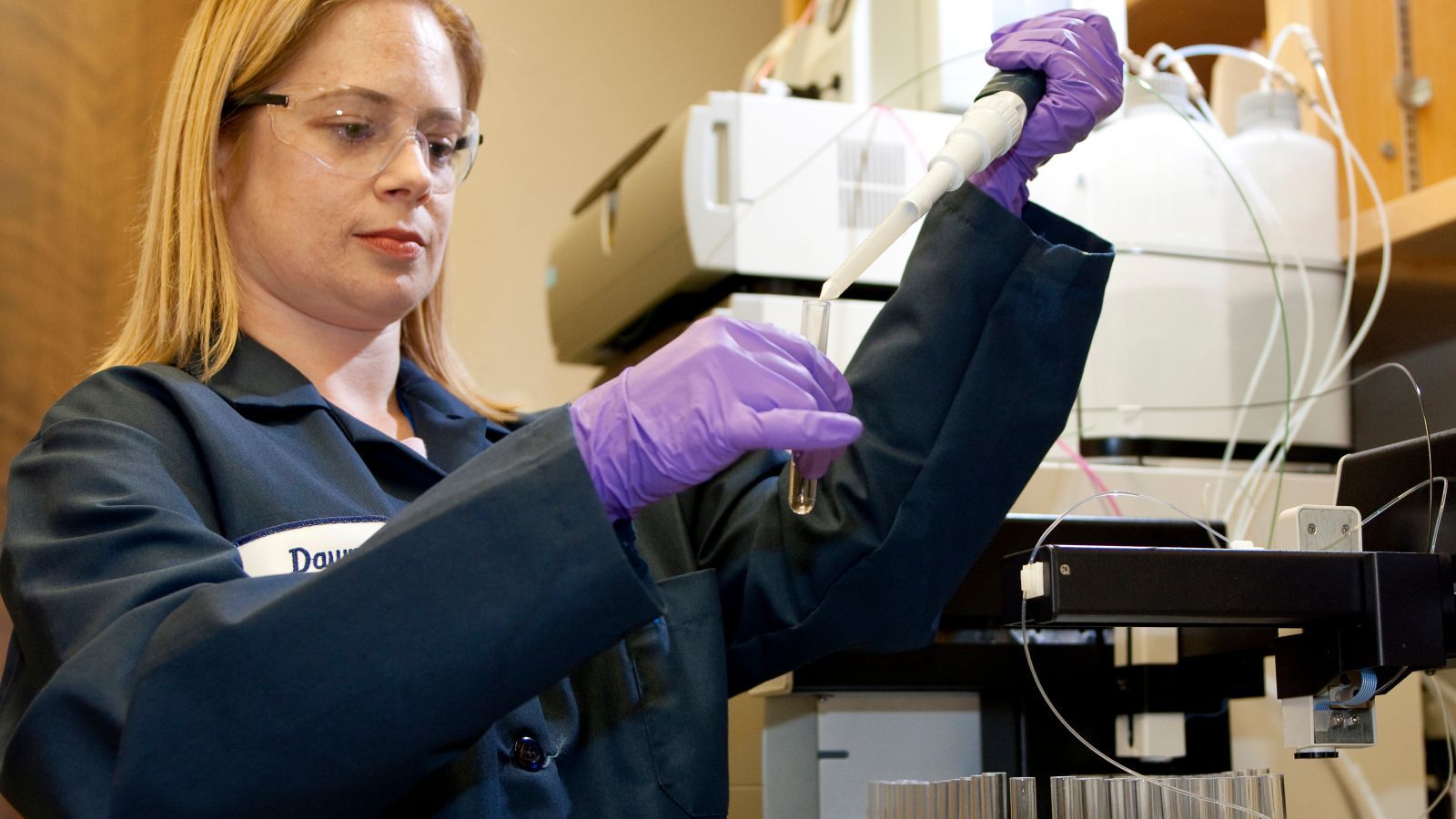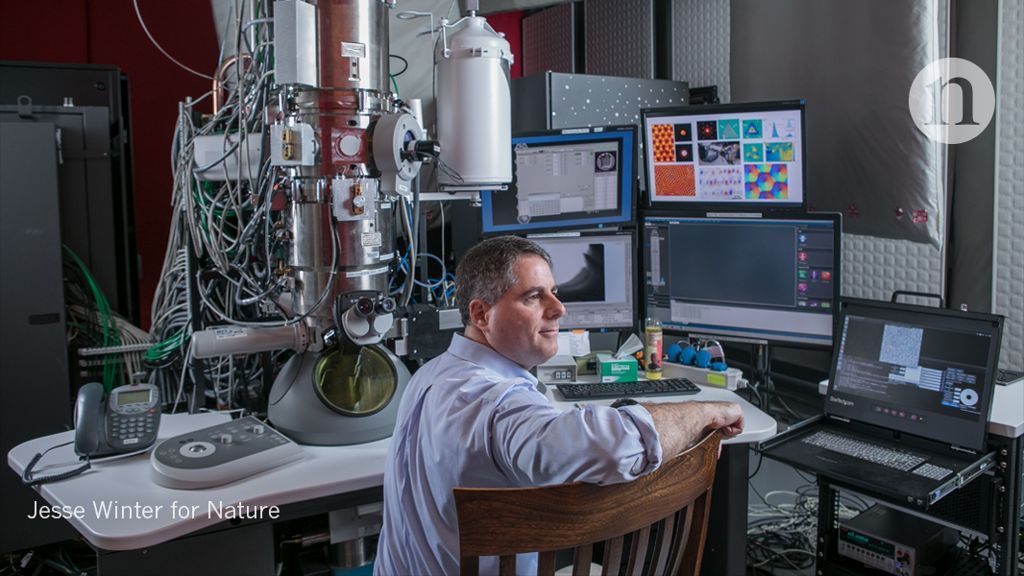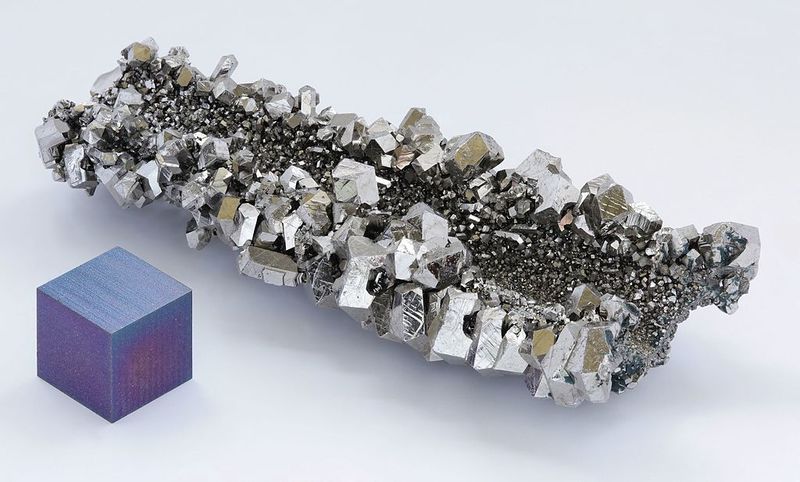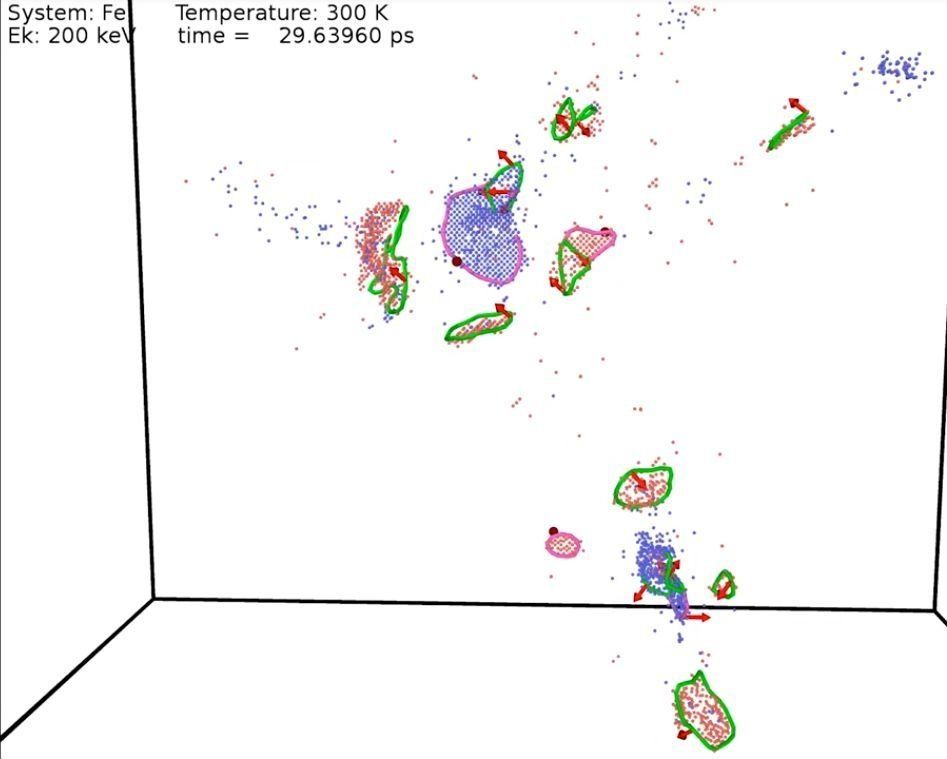Archive for the ‘particle physics’ category: Page 450
Nov 26, 2018
Scientists Hunt for A Seeming Paradox: A Magnet With Only One Pole
Posted by Genevieve Klien in category: particle physics
For centuries, physicists have hunted for particles with a single north or south pole to help put together their theory of everything. They may be closer than ever.
Nov 23, 2018
Riccardo Levi-Setti, Holocaust survivor who uncovered trilobites and subatomic particles, dies at 91
Posted by Genevieve Klien in category: particle physics
While on the run, he also developed a lifelong interest in fossils — possibly the result of scrambling across a fossil-filled rock pile while evading German patrols, his son said — and in physics.
Nov 23, 2018
Researchers Just Found a Way to Turn CO2 Into Plastic With Unprecedented Efficiency
Posted by Genevieve Klien in categories: particle physics, sustainability
Researchers have developed catalysts that can convert carbon dioxide—the main cause of global warming—into plastics, fabrics, resins, and other products.
The electrocatalysts are the first materials, aside from enzymes, that can turn carbon dioxide and water into carbon building blocks containing one, two, three, or four carbon atoms with more than 99 percent efficiency.
Two of the products—methylglyoxal (C3) and 2,3-furandiol (C4)—can be used as precursors for plastics, adhesives, and pharmaceuticals. Toxic formaldehyde could be replaced by methylglyoxal, which is safer.
Nov 23, 2018
Meet Dawn Shaughnessy, the Real-Life Alchemist Who Expanded the Periodic Table
Posted by Genevieve Klien in categories: chemistry, particle physics
The periodic table is chemistry’s holy text. Not only does it list all of the tools at chemists’ disposal, but its mere shape—where these elements fall into specific rows and columns—has made profound predictions about new elements and their properties that later came true. But few chemists on Earth have a closer relationship with the document than Dawn Shaughnessy, whose team is partially responsible for adding six new elements to table’s ranks.
Shaughnessy leads a team of real-life alchemists. You might be familiar with alchemy as a medieval European practice where mystics attempted to transmute elements into more valuable ones. But rather than turn the element lead into gold, Shaughnessy and her team turned plutonium into flerovium.
Shaughnessy’s parents encouraged her to pursue science from a young age—her father was an engineer, and she had an electronics kit as well as a chemistry set as a child. She’d first thought about doing orthopedic research but didn’t want to cut people open, she explained to me, and chemistry was a natural fit. But when she arrived at the University of California, Berkeley as an undergraduate, she learned that chemistry could be more than just mixing liquids in beakers. She could create the atoms themselves.
Continue reading “Meet Dawn Shaughnessy, the Real-Life Alchemist Who Expanded the Periodic Table” »
Nov 21, 2018
The microscope revolution that’s sweeping through materials science
Posted by Genevieve Klien in categories: particle physics, science
Scientists can’t study what they can’t measure — as David Muller knows only too well. An applied physicist, Muller has been grappling for years with the limitations of the best imaging tools available as he seeks to probe materials at the atomic scale.
One particularly vexing quarry has been ultra-thin layers of the material molybdenum disulfide, which show promise for building thin, flexible electronics. Muller and his colleagues at Cornell University in Ithaca, New York, have spent years peering at MoS2 samples under an electron microscope to discern their atomic structures. The problem was seeing the sulfur atoms clearly, Muller says. Raising the energy of the electron beam would sharpen the image, but knock atoms out of the MoS2 sheet in the process. Anyone hoping to say something definitive about defects in the structure would have to guess. “It would take a lot of courage, and maybe half the time, you’d be right,” he says.
This July, Muller’s team reported a breakthrough. Using an ultra-sensitive detector that the researchers had created and a special method for reconstructing the data, they resolved features in MoS2 down to 0.39 angstroms, two and a half times better than a conventional electron microscope would achieve. (1 Å is one-tenth of a nanometre, and a common measure of atomic bond lengths.) At once, formerly fuzzy sulfur atoms now showed up clearly — and so did ‘holes’ where they were absent. Ordinary electron microscopy is “like flying propeller planes”, Muller says. “Now we have a jet.”
Continue reading “The microscope revolution that’s sweeping through materials science” »
Nov 20, 2018
A Universal Quantum Phenomenon in Strange Metals
Posted by Genevieve Klien in categories: particle physics, quantum physics
A ubiquitous quantum phenomenon has been detected in a large class of superconducting materials, fueling a growing belief among physicists that an unknown organizing principle governs the collective behavior of particles and determines how they spread energy and information.
Nov 19, 2018
Scientists Just Proved A Fundamental Quantum Physics Problem is Unsolvable
Posted by Genevieve Klien in categories: particle physics, quantum physics
Scientists have proven for the very first time that one of the most fundamental problems of particle and quantum physics is mathematically unsolvable.
In short, they show that regardless of how no matter how perfectly we can mathematically describe a material on the microscopic level, we are never going to be able to predict its macroscopic behavior. Never.
The work was published in Nature.
Nov 18, 2018
What is String Theory And Why Humanity Absolutely Needs It
Posted by Genevieve Klien in categories: particle physics, quantum physics
String theory is a complex theory that describes our reality with superstrings as the most basic and fundamental piece of all matter Theoretical particle physicist Daniele Amati supposedly said that string theory was 21st century physics that fell by chance into the 20th century.
Nov 17, 2018
A new lead on a 50-year-old radiation damage mystery
Posted by Genevieve Klien in categories: nuclear energy, particle physics
For half a century, researchers have seen loops of displaced atoms appearing inside nuclear reactor steel after exposure to radiation, but no one could work out how.
















